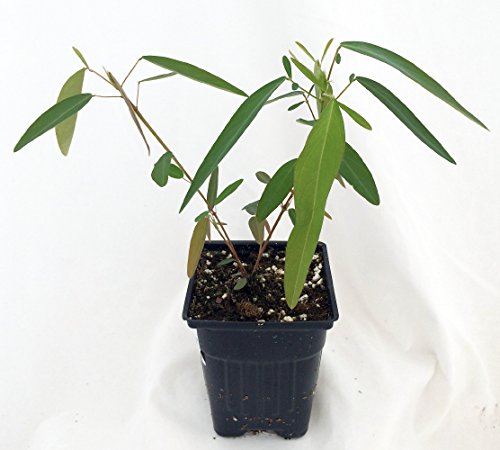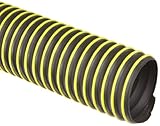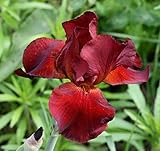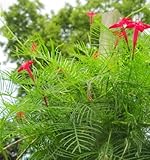Dancing Grass - 20 Seeds - Codariocalyx-Amazing Indoor Plant Moves to Music
Feature
- Codariocalyx motorius
- Fun to grow
- Also know as Telegraph Plant
- Tropical
- 20 Seeds
Product Description
*
Darwin called the plant Hedysarum; modern botanists call it either Desmodium gyrans or, more correctly these days, Codariocalyx motorius; its common name is Dancing Grass or Telegraph plant or Semaphore plant -- after the leaf movements, which resemble semaphore signals.
In fact, since it was first described by Dutch physician and naturalist Maarten Houttuyn -- who named it Hedysarum motorium in 1779 -- the plant has been called at various times, Hedysarum gyrans (1781), Desmodium gyrans (1825), Desmodium roylei (1834), Codariocalyx gyrans (1842), Pseudarthria gyrans (1844), Meibomia gyrans (1891), and Desmodium motorium (1938).
But they are all the same plant: a leguminous Asian shrub. It is also found in Australia, Bangladesh, Bhutan, Cambodia, China, India, Indonesia, Jamaica, Laos, Malaysia, Martinique, Myanmar, Nepal, Pakistan, Sri Lanka, Taiwan, Thailand and Vietnam. It can even be found on the Society Islands, a chain of islands dotted remotely in the South Pacific. In Mauritius, in the 19th century, it was cultivated intentionally.
But Codariocalyx motorius or Desmodium roylei or Meibomia gyrans, or whatever you choose to call it, actually dances. Very early in the morning, as the sun rises, the leaves of the dancing plant respond by rythmically moving.
But more amazing, it dances to music, responding to the sound waves. This is very strange.
According to a 1998 study that appeared in the journal Chronobiology International, the plant's movements are caused by the swelling and shrinking of motor cells in special organs buried deep within the leaves, called pulvini. Via the pulvinProduct Detail
- ASIN: B000SMJBUK
- Item model number:
- Average Customer Review: Customer Reviews







